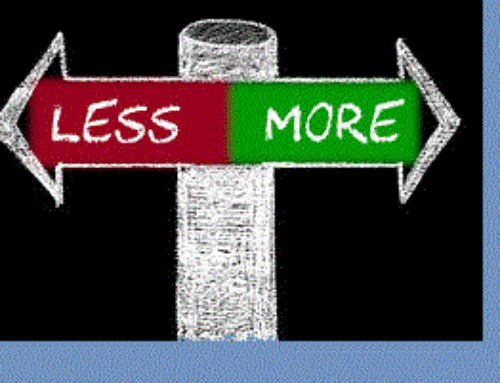By Victoria Stilwell November 6, 2015
(Bloomberg) — Federal Reserve officials, including Chair Janet Yellen, have been concerned that the labor-market recovery is leaving some Americans behind. The October jobs report just offered one of the best signs yet that the disenfranchised are being brought into the fold.
The U-3 unemployment rate, the headline jobless number that economists look at first, fell to 5% last month, the lowest level since April 2008.
Meanwhile the broadest measure of underemployment — the so- called U-6 rate that includes all jobless plus people marginally attached to the workforce and those employed part-time because of a weak economy — fell 0.2 percentage point to 9.8%. That’s the first time it’s dipped below 10% since May 2008.
The gap between the two measures is now the smallest in more than seven years, a sign that slack in the labor market is diminish quickly as the benefits of the economic recovery spread. With those two figures closer, “the headline unemployment rate is now a much better guide to labor-market slack than it was two or three years ago,” Michael Shaoul, chief executive officer of Marketfield Asset Management LLC in New York.
The improvement looks even better after considering that the size of the labor force climbed last month by 313,000, leaving the participation rate steady at 62.4 percent following a notable decline in September. The number of people going from unemployed to not in the labor force in October fell by 137,000, the biggest drop since January, while the number of those re- entering the labor force to search for a job climbed by 29,000. Those are both good signs that people are feeling more confident about job prospects.
Yellen has specifically pointed to the elevated number of workers in part-time positions who prefer full-time employment as a sign of slack in the labor market. In October, the ranks of those workers shrank again, with the series posting its biggest back-to-back monthly decline in comparable data back to 1994.
With labor-market slack continuing to shrink, October’s pop in wages may prove more than just a one-month blip. All of this is key evidence for those Fed officials who’d like to start raising interest rates as soon as next month.






